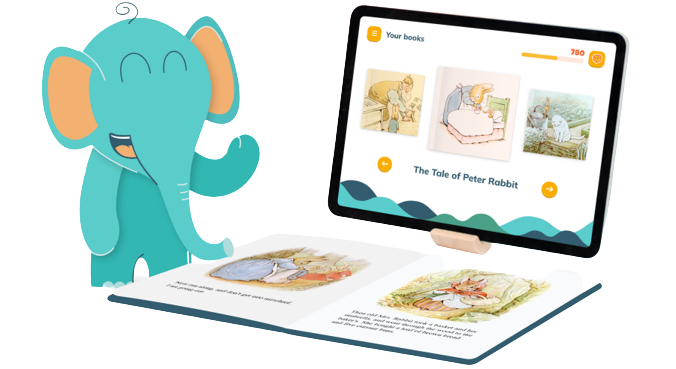What Is Phonics and Why Does It Matter?
When it comes to reading education, the term "phonics" often takes center stage, but what is phonics? And why does it matter so much in children’s reading? In this article, we will explore the significance of phonics in children's reading development and discover compelling examples that illustrate why it plays a crucial role in their journey toward literacy.








.svg)

%20copy.jpg)
.svg)








